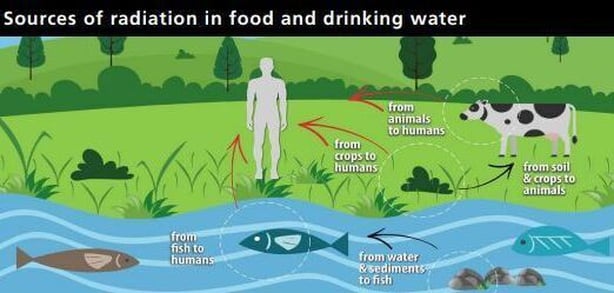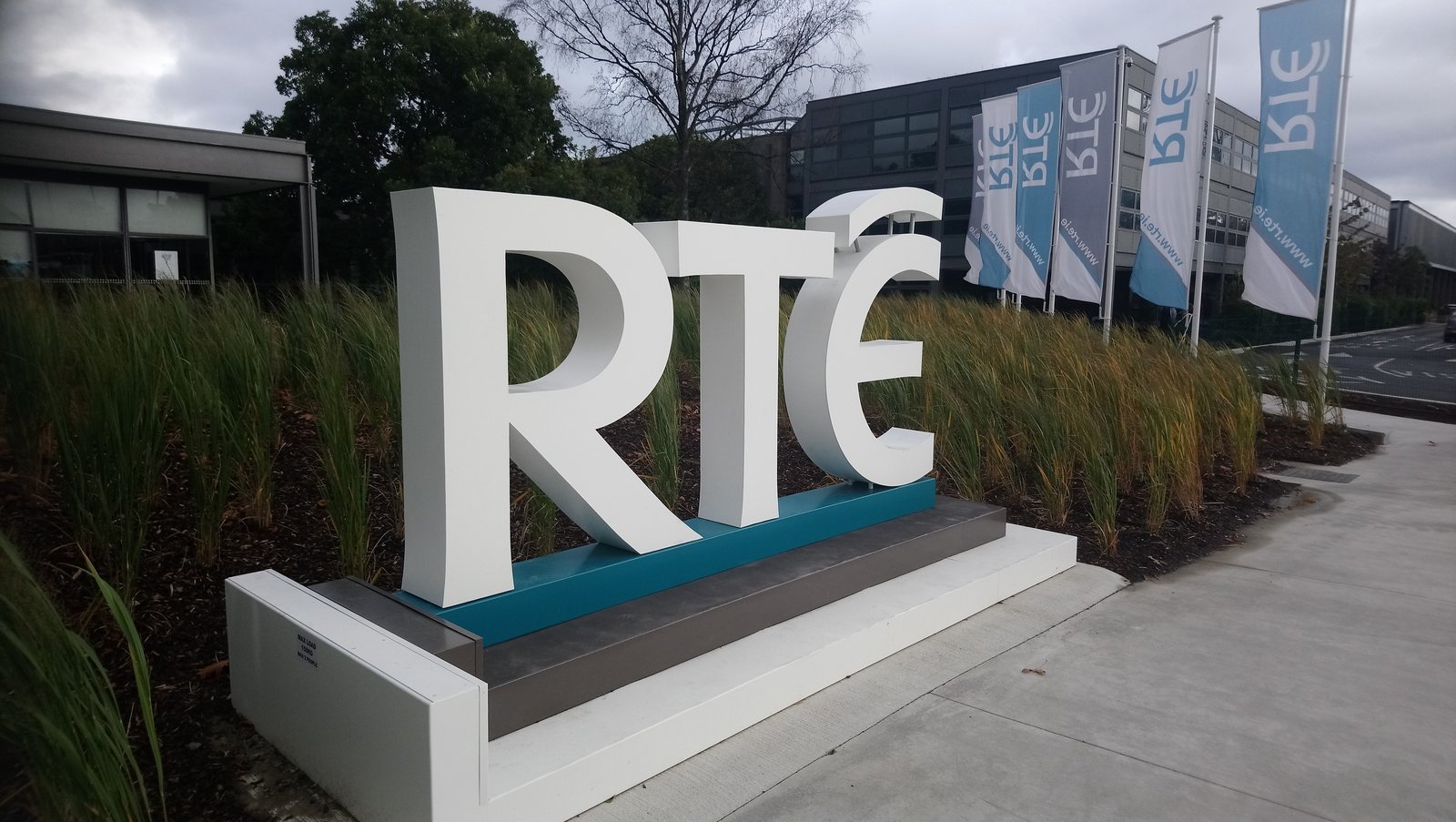EPA report finds radiation exposure within safe ranges

A new assessment by the Environmental Protection Agency has concluded that the average dose of radiation received by the Irish population has been consistent over the past decade and is well within safe ranges.
Radiation exposure arises from the air we breathe, medical procedures including CT scans, X-rays, diet, and background radiation in our environment.
The EPA’s Ionising Radiation – National Dose Report said that over 99% of Ireland’s radiation dose received comes from natural sources of radiation and medical exposures.
Less than 1% is due to artificial radioactivity in Irish soils resulting from the fallout of nuclear weapons testing in the past, nuclear accidents such as at Chernobyl, and authorised releases from nuclear facilities abroad.
The assessment found that nearly 60% of the average radiation dose is due to Radon, a naturally occurring gas that can be found in indoor air.
Medical exposure accounts for 10% of exposure.
More than 8% comes from Thoron, another radioactive gas.
Cosmic radiation from outer space accounts for 9% and 7% comes from food and drinking water, the source of which is mainly naturally occurring radiation.

Radiation in the ground as gamma radiation accounts for 6%.
Meanwhile cosmic radiation received during air travel has doubled over the past ten years and is now at 2% of national exposure.
This is due to an increase in the number of flights Irish people are taking and a change in the places they are flying to.
Aircrew and frequent flyers are exposed to higher levels of radiation doses from cosmic radiation because of how often and how high, they fly.
The report said that, overall, people in Ireland receive a slightly higher average radiation dose than the European average.
This is mainly due to radon exposure in the home and in the workplace.
The EPA said this is of concern as radon is a major cause of lung cancer.

EPA Director Dr Micheál Lehane said: “If there is a high radon level in your home, it is exposing you and your family to unnecessary radiation.
“The good news is that radon is easy to test for and solutions are available to reduce high levels where necessary.”
When building a house, he described as “critical” the need to “seal the base of the building to prevent radon from getting into your house in the first place”.
“For existing houses, we urge people to test for radon, and remediate, if necessary, as this is the only way of protecting you and your family from this cancer-causing gas,” he added.
A review by Health Information and Quality Authority concluded that the average amount of radiation from medical exposure has decreased over the past ten years.
This is in part due to improvements in the overall reduction of exposure to patients and increased access to new and improved medical imaging.
Sean Egan, HIQA’s Director of Healthcare Regulation, said: “This means that medical services are considering how best to use equipment to meet the intended diagnostic or treatment goal while keeping exposure of the patient as low as possible, reducing the risk of harm to patients.
“We will continue to engage with services to ensure that this good practice continues.”
The report said the overall annual radiation dose per person in Ireland is 4.2 milliSievert (mSv).
This is up marginally from 4.0 mSv ten years ago but is very comfortably within 1 – 20 mSv safety range specified by international organisations like the International Atomic Energy Agency and the International Commission on Radiological Protection.
The “Ionising Radiation – National Dose Report” and an associated explanatory video are now available on the EPA website.





